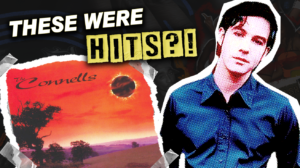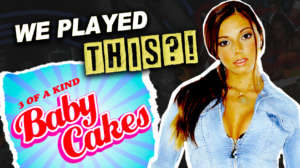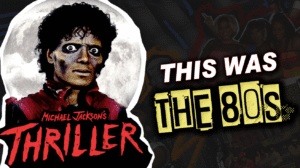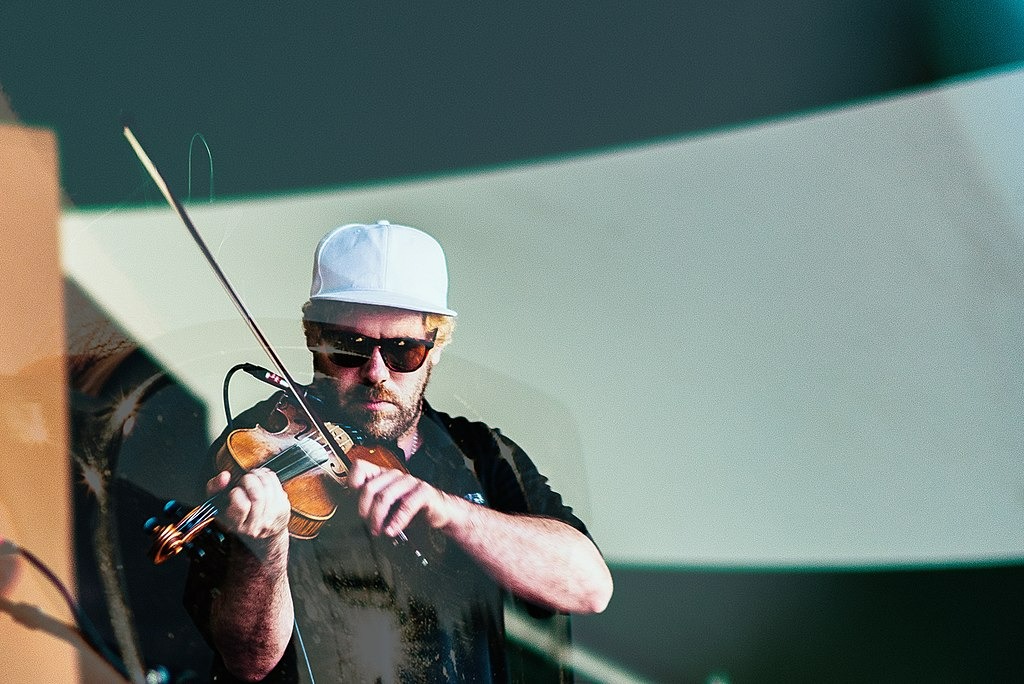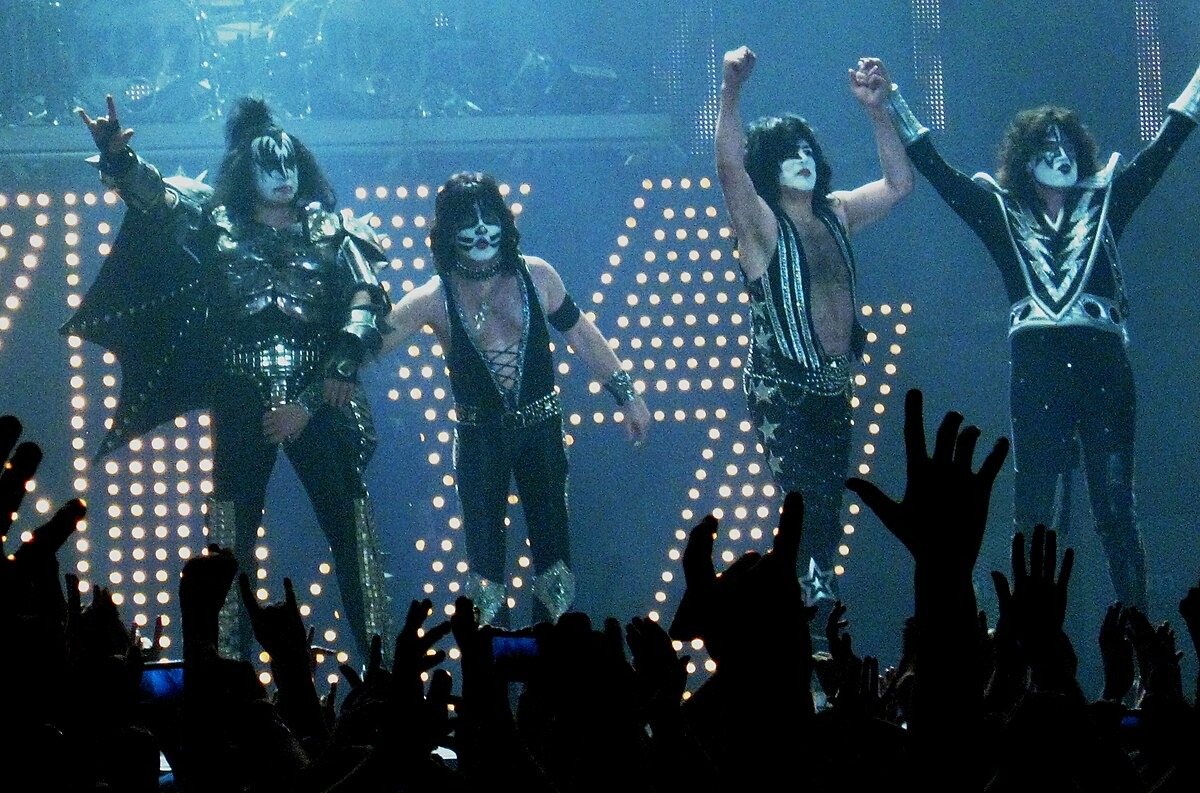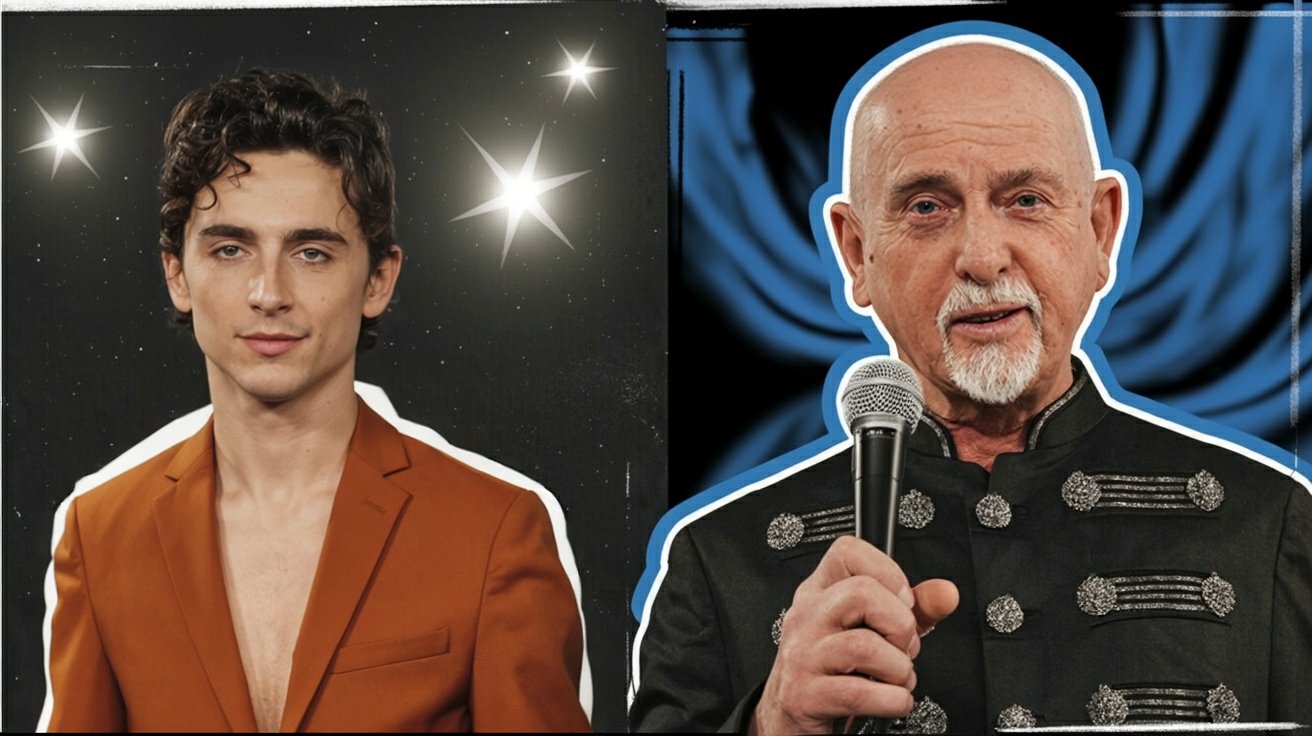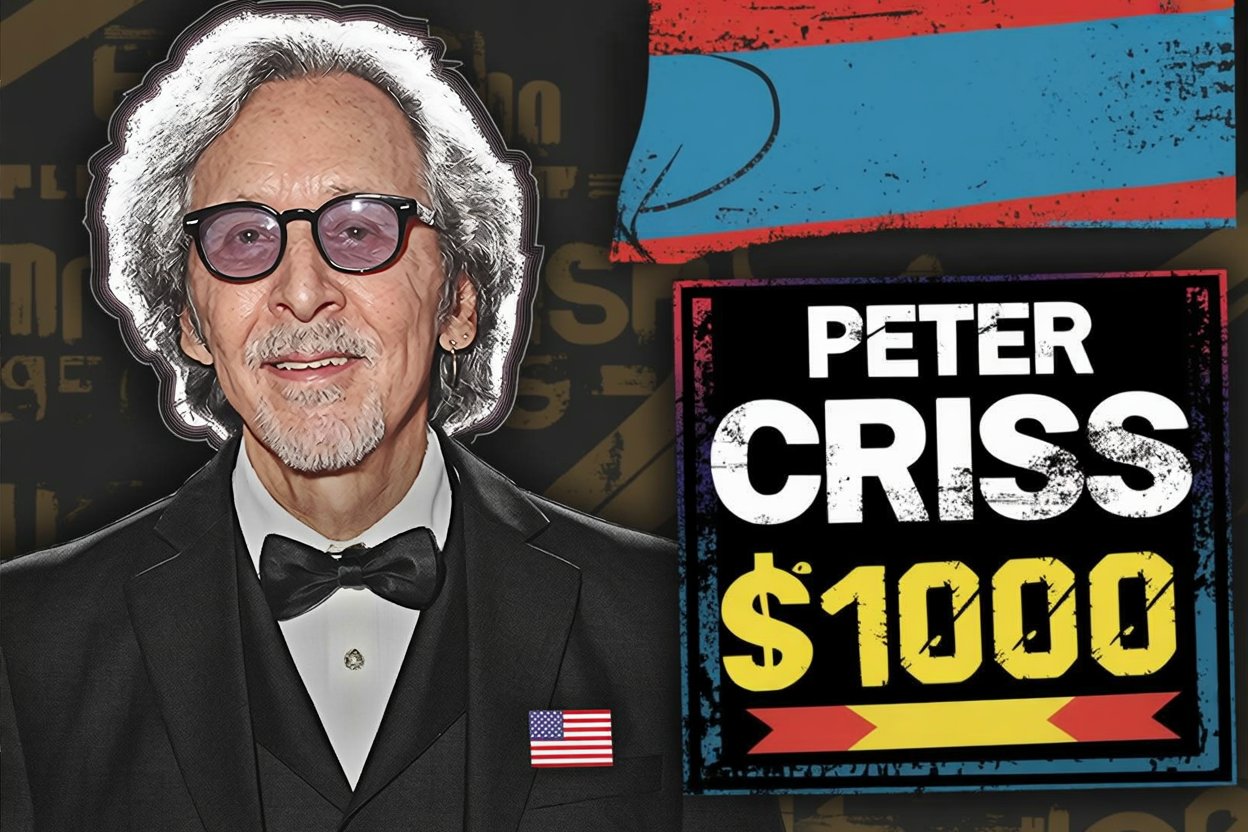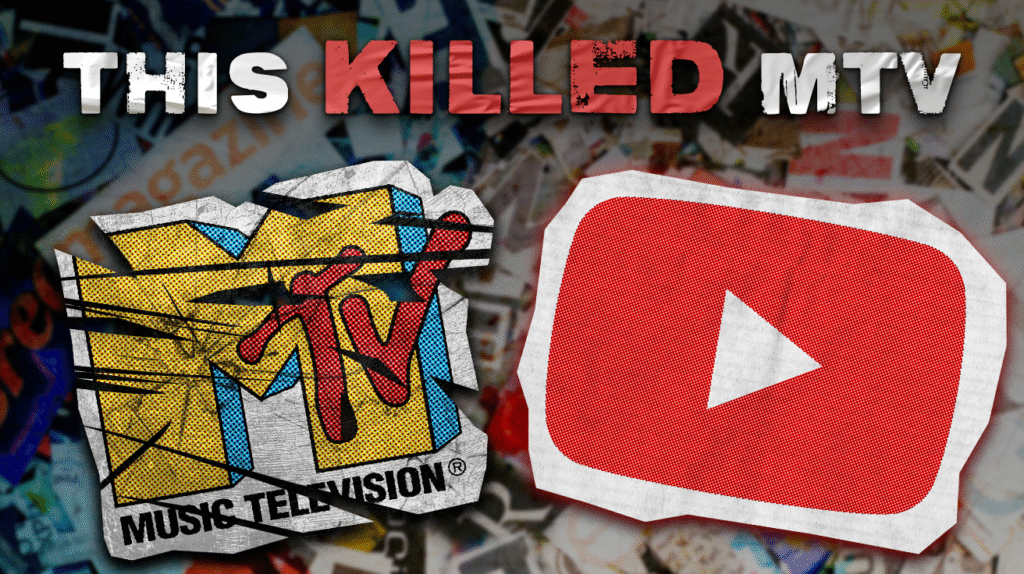
Music videos once demanded million-dollar budgets and network gatekeepers who decided which artists deserved visual immortality. Today, they’re shot on smartphones and uploaded between coffee breaks, turning bedroom creators into viral sensations overnight.
This shift emerged through cultural earthquakes, technological upheavals, and artists who refused to follow conventional wisdom like sheep following a shepherd. MTV’s glossy empire crumbled while digital platforms became the new Wild West of imaginative expression. The journey from Thriller’s theatrical spectacle to TikTok-ready content reveals how creativity adapts when old rules dissolve, budgets shrink, and authentic connections matter more than production polish.
13. The Golden Age: When MTV Was King

When MTV needed to fill 24 hours of programming in 1981, nobody anticipated creating an entirely new cinematic language for music that transformed how artists connected with audiences. Musicians weren’t just heard anymore—they were dissected, imitated, and turned into cultural phenomena through 24/7 clip programming that made stars out of three-minute performances.
Michael Jackson’s “Thriller” stands as the ultimate testament to MTV’s golden era, where budgets matched ambitions. Director John Landis crafted the 14-minute epic like a Hollywood production, complete with professional makeup effects and choreography that cost $900,000. The strategic cinematic investment helped propel the album to over 100 million copies worldwide, demonstrating that when production budgets soared, album sales followed suit like chart-topping dominoes.
12. Dark Visions: Alternative Rock Reshapes the Landscape
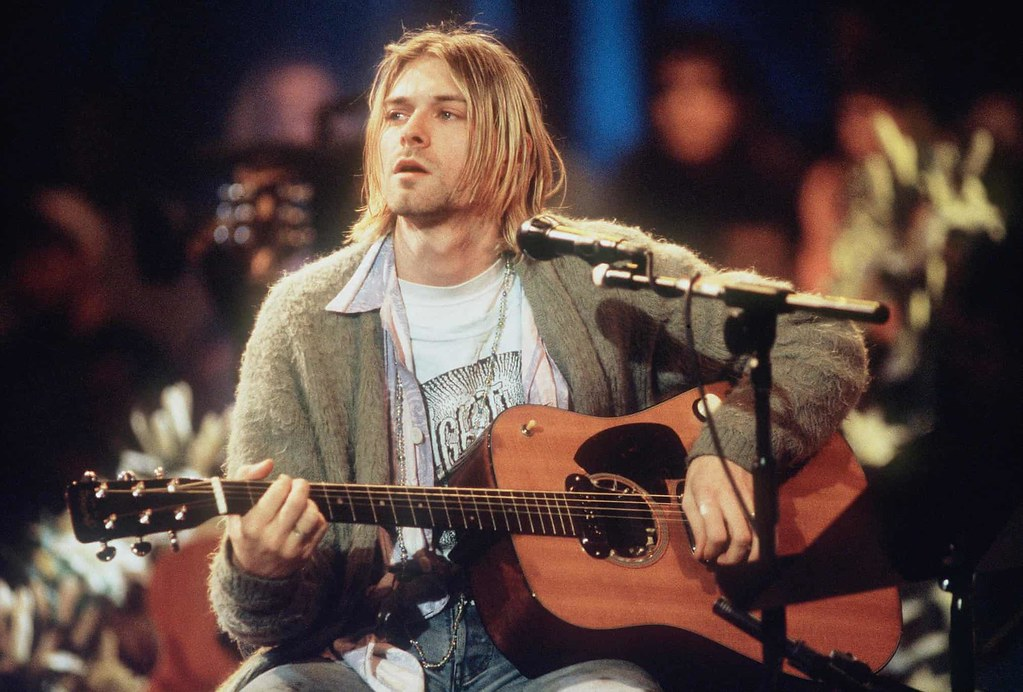
If you thought MTV’s glossy formula was untouchable, Nirvana’s “Smells Like Teen Spirit” deliberately subverted every rule in 1991, trading polish for raw authenticity. Director Samuel Bayer captured sweaty, disaffected teens moshing under flickering gymnasium lights—a aesthetic that influenced countless clips afterward and confirmed rebellion sold better than perfection.
Nine Inch Nails pushed boundaries further with “Closer,” as Mark Romanek created a disturbing Victorian nightmare that MTV heavily censored. These edits only enhanced the video’s forbidden mystique, demonstrating how artistic expression could thrive within—and against—commercial constraints, making censored music videos historical.
11. Unleashed Imagination: Korn Conquers MTV
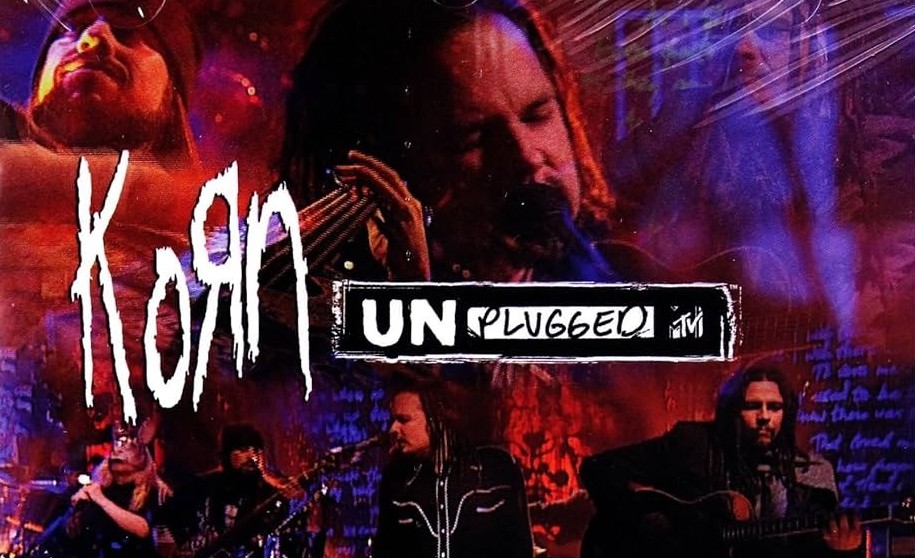
Heavy metal needed a visual makeover, and Todd McFarlane’s direction turned Korn’s “Freak on a Leash” into cinematic perfection that dominated Total Request Live. The clip merged live-action with animation, following a bullet’s surreal journey through various scenes that established nu metal could achieve mainstream success without compromising its edge.
Digital tools became more accessible during this period, allowing artists to create worlds impossible with traditional cameras alone. This technological democratization foreshadowed YouTube’s DIY breakthrough years before the platform existed, showing that breakthroughs often emerge when artistic barriers crumble and accessibility expands.
10. Digital Dreams: Animation Breaks Boundaries
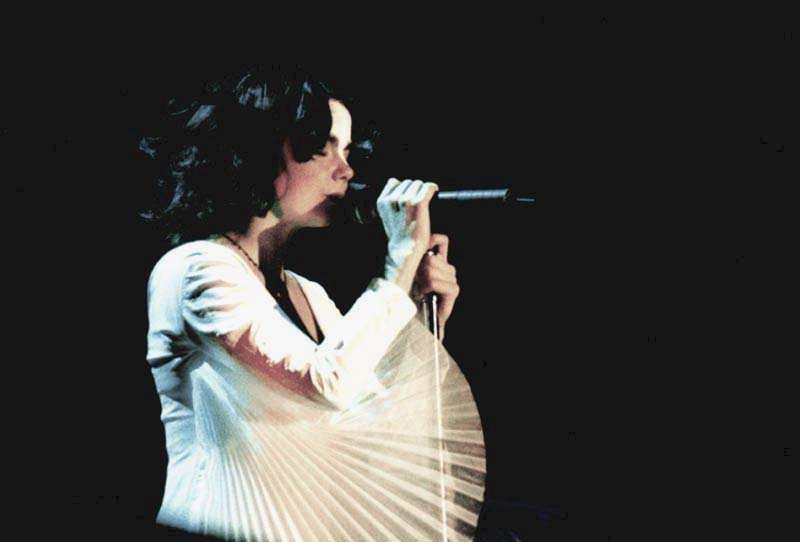
What happens when human emotion meets robotic precision? Björk’s “All Is Full of Love” showcased how digital animation could express complex emotions beyond live action’s limitations. Director Chris Cunningham created haunting robot Björks assembling and embracing—a cinematic metaphor for technology’s capacity for intimacy that feels remarkably prescient in today’s digital landscape.
Groundbreaking CGI required rendering technology that seems primitive today but represented cutting-edge effects then. The robots’ fluid movements established new imagery language for electronic music, winning multiple technical awards and expanding artistic possibilities for artists willing to embrace digital advancement over traditional filming methods.
9. Animated Anarchy: Gorillaz Rewrite the Rules
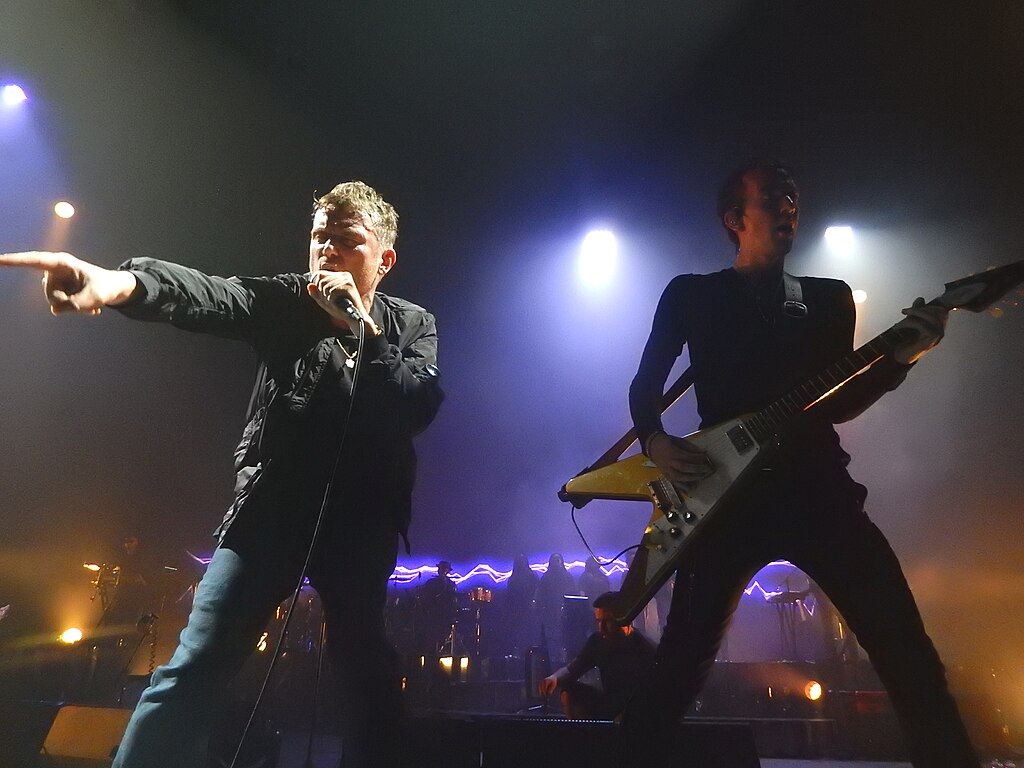
Virtual bands seemed impossible until Gorillaz emerged as music’s most successful animated act, with cartoon members replacing human performers in clips that challenged fundamental assumptions about celebrity. Their breakthrough “Clint Eastwood” featured Del the Funky Homosapien’s verses performed by a blue ghost possessing drummer Russel, surrounded by zombie gorillas in a haunted graveyard that felt like Saturday morning cartoons meets underground hip-hop.
Creating characters independent from their human creators wasn’t just imagery development—it was brilliant business strategy that predicted today’s avatar economy. Fictional personas could build solid fan connections when paired with compelling music, as proven by their 20+ million album sales worldwide, establishing that sincerity doesn’t require actual humans.
8. Tarnished Gold: Hip-Hop’s Visual Excess
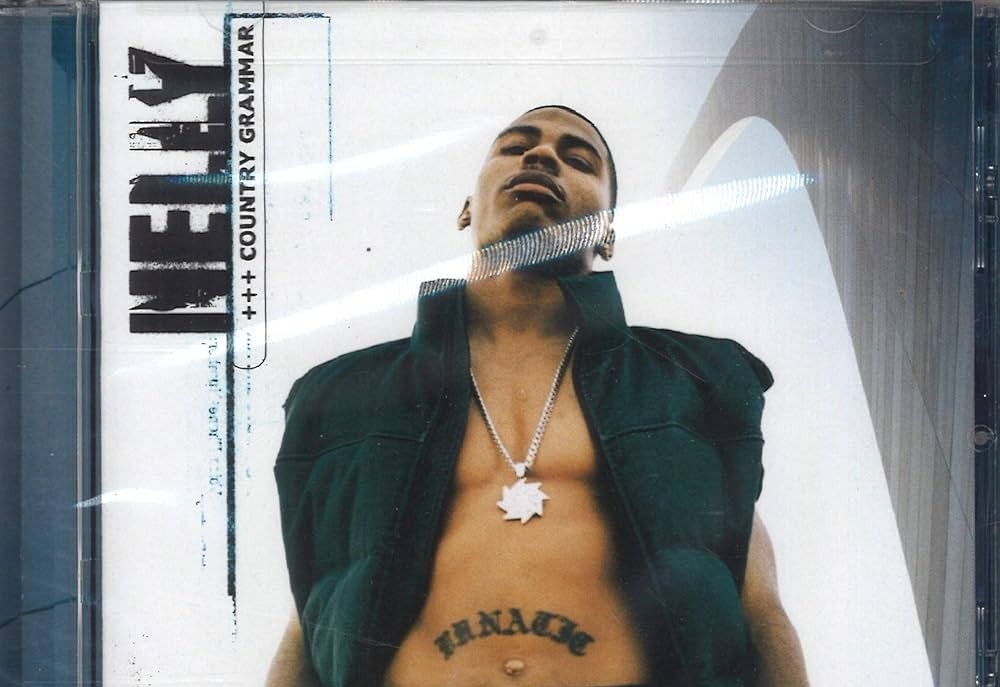
Conspicuous consumption became an art form as hip-hop clips developed distinct stylistic language centered around luxury by the early 2000s, turning music promos into lifestyle advertisements. Nelly’s “Country Grammar” and 50 Cent’s “In Da Club” showcased mansion parties, luxury vehicles, and designer fashion as aspirational windows into lives most viewers could only dream about accessing.
Busta Rhymes and P. Diddy’s “Pass the Courvoisier Part II” epitomized this era’s excess with gold-drenched sets and celebrity cameos that felt like parodies of hip-hop luxury. The stylistic language had become so codified that innovation happened primarily through scale rather than concept, creating bigger rather than better experiences.
7. The Sound Goes Silent: MTV Abandons Music
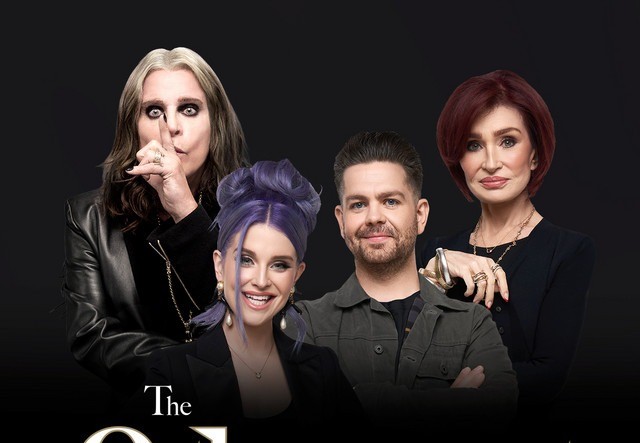
Reality TV profits trumped artistic vision as MTV’s gradual shift toward non-music programming left a distribution vacuum for music promos that forced artists to scramble for exposure. Shows like “The Osbournes” and “The Real World” dominated schedules by 2002, with Total Request Live serving as the last music clip bastion until its 2008 cancellation.
Reality shows delivered higher ratings at lower production costs compared to music promos, making the business decision inevitable but culturally devastating. Artists continued making imagery content, but without MTV’s platform, reaching audiences consistently became increasingly difficult, forcing the industry to seek new distribution methods that didn’t yet exist.
6. Accidental Art: The White Stripes Build a Classic
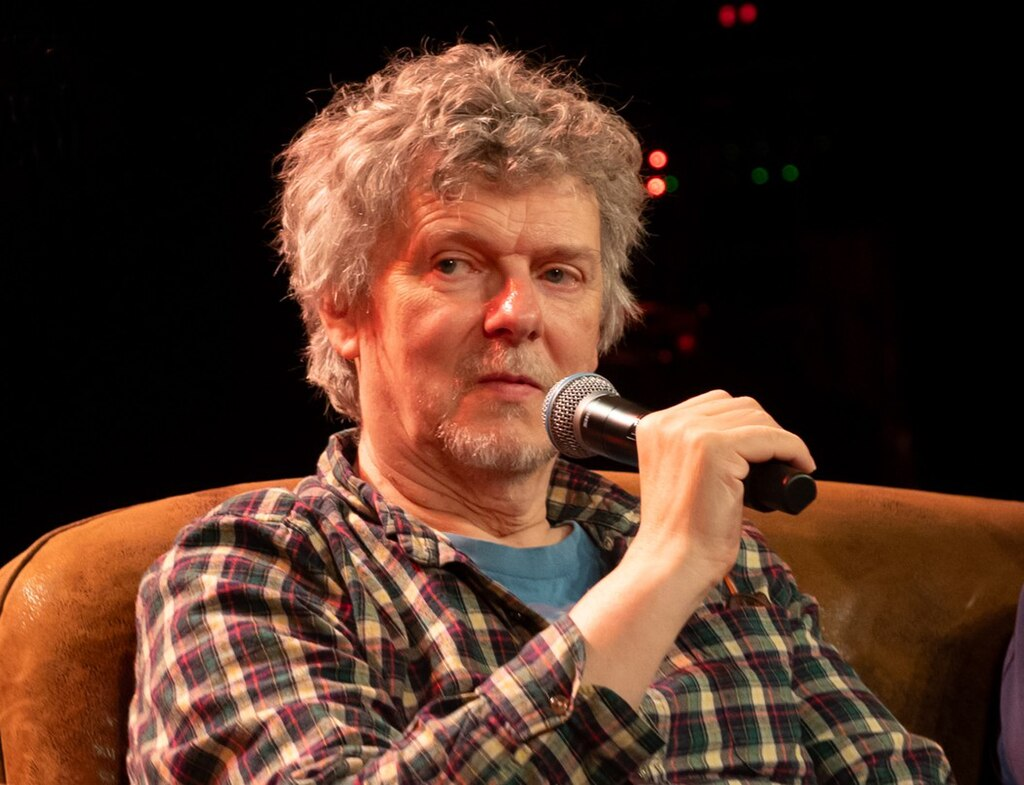
If you needed proof that creativity beats budgets, Michel Gondry’s direction made The White Stripes’ “Fell in Love with a Girl” into LEGO stop-motion brilliance that confirmed ingenuity trumped technology. Each frame required painstaking brick arrangement, creating warmth and tactile quality that digital animation couldn’t replicate, turning limitations into aesthetic advantages.
Handmade aesthetics contrasted sharply with CGI-dominated big-budget productions of the era. This analog approach ironically proved perfect for the coming digital age—distinctive imagery style made it instantly recognizable even on tiny screens, showcasing how genuine artistic vision could transcend technological constraints and budget limitations.
5. The Super Bowl Incident: A Catalyst for Change
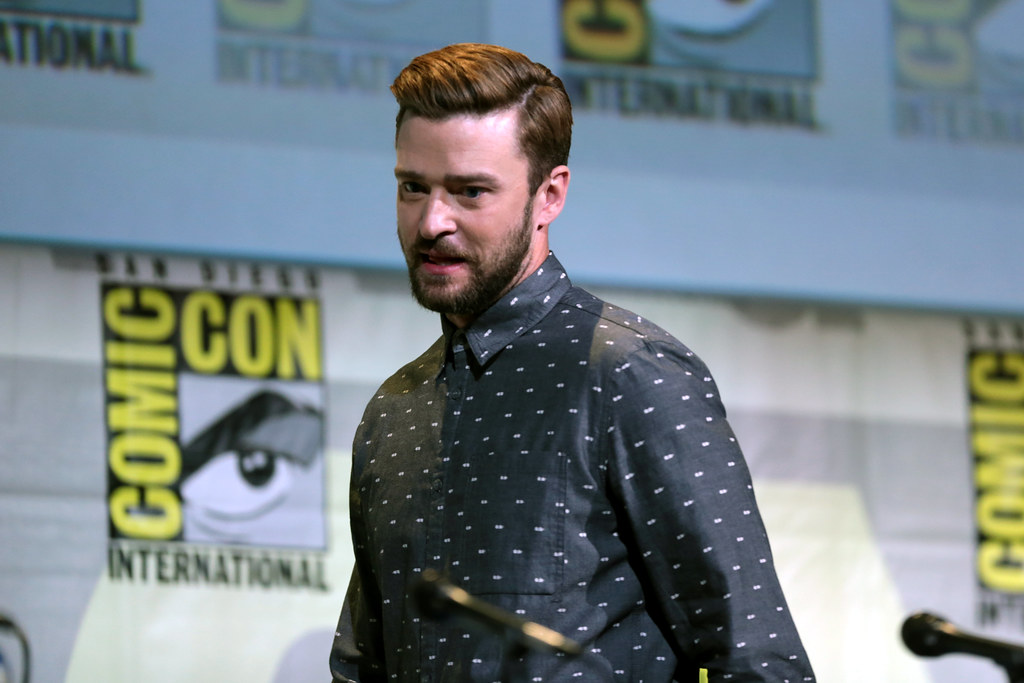
One wardrobe malfunction changed everything: Justin Timberlake’s exposure of Janet Jackson’s breast during the 2004 Super Bowl halftime show generated more than FCC fines—it highlighted fundamental limitations in how people accessed controversial content. The “wardrobe malfunction” became one of the most searched events in internet history, with millions seeking footage that traditional networks refused to replay.
Demand for censored footage revealed market gaps that existing platforms couldn’t fill, opening opportunities for disruptive advancement. YouTube co-founder Jawed Karim cited difficulty finding Jackson’s performance as inspiration for sharing platforms. YouTube launched in 2005, forever altering how music clips were distributed, consumed, and monetized across global audiences.
4. The YouTube Revolution Begins
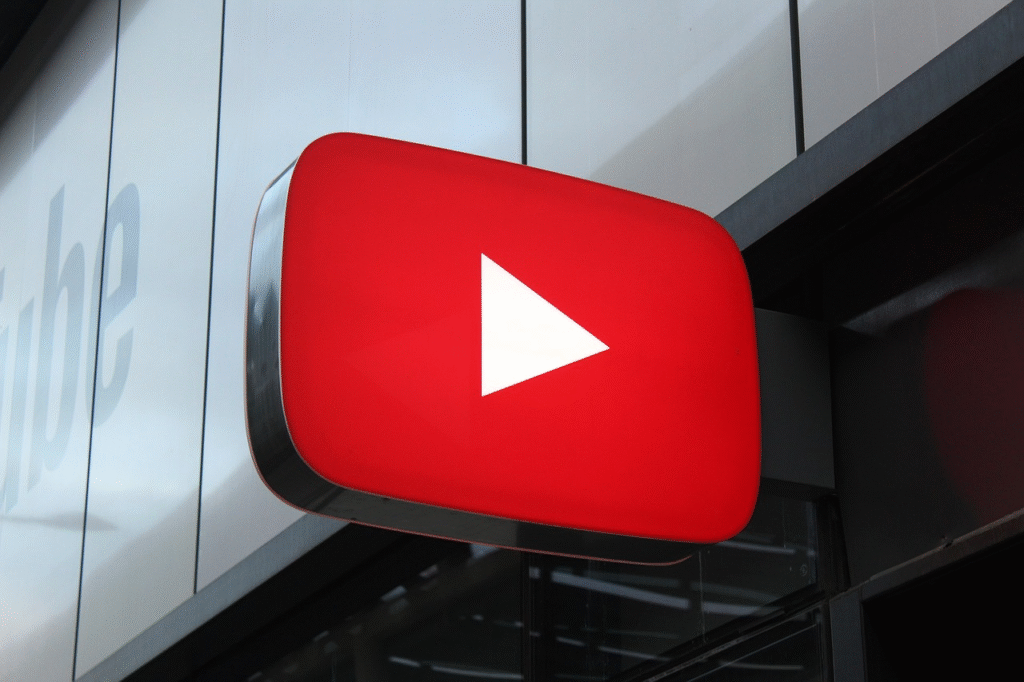
Tired of gatekeepers controlling distribution? YouTube’s 2005 launch democratized media access overnight, turning anyone with a camera into a potential viral sensation. OK Go’s “Here It Goes Again” became one of the platform’s first viral music clip phenomena, featuring synchronized treadmill choreography shot for approximately $5,000—a fraction of typical MTV-era budgets.
Authentic audience enthusiasm propelled an indie band to international recognition rather than major label investment driving viewership through promotional muscle. This organic virality became YouTube’s defining characteristic, rewarding ingenuity and realness over production value in ways traditional media gatekeepers never could, fundamentally shifting the artist-fan relationship dynamic.
3. Streaming Wars: Vevo Tries to Reclaim Control
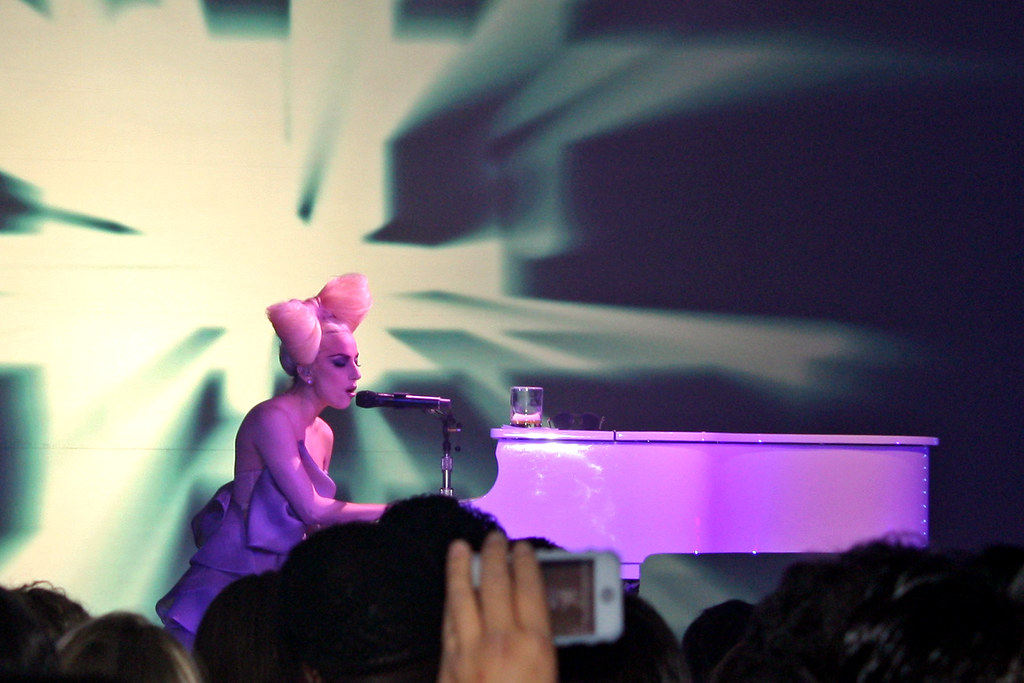
Fighting back against YouTube’s chaos, major labels launched Vevo in 2009, attempting to reassert control over music clip distribution through standardized quality and monetization. The platform commanded over 8 billion monthly views at its peak, establishing a more professional alternative to YouTube’s chaotic ecosystem.
Vevo’s walled garden approach ultimately proved unsustainable against YouTube’s open environment where anything could happen. By 2018, the platform abandoned standalone operations, instead functioning as channel networks within YouTube itself—symbolizing how thoroughly the digital landscape had shifted and how even industry giants now played by YouTube’s democratized rules.
2. Bedroom Brilliance: DIY Goes Mainstream

Gen Z authenticity just got its perfect ambassador: Billie Eilish’s “Bad Guy” represents YouTube’s influence on music clip aesthetics reaching full cultural maturity. Co-directed by Eilish and brother Finneas, the piece embraces deliberately unpolished style with saturated colors and seemingly random imagery elements that feel like scrolling through a Gen Z Instagram feed.
What makes “Bad Guy” remarkable isn’t just its 1.2 billion views—it’s how DIY sensibility translates into major label success without losing honesty. The piece cost significantly less than MTV-era productions while generating substantially more engagement, establishing audience preferences had shifted toward real connection over glossy perfection, making bedroom experimentation as valuable as Hollywood production budgets. For a deeper dive into how the internet changed music videos, explore the technological and cultural shifts that made this transformation possible.
1. Endless Evolution: Where Music Videos Go Next
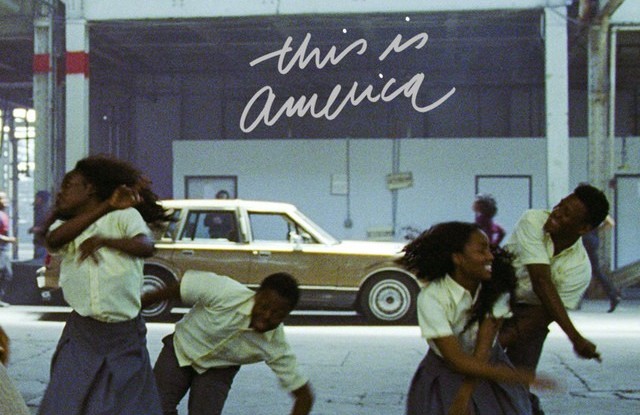
Music clips continue expanding beyond traditional formats entirely, becoming cultural artifacts that extend far past their original promotional purpose. Childish Gambino’s “This Is America” functions as layered social commentary demanding repeated viewing, while Lil Nas X’s “Montero” deliberately courts controversy to ensure algorithmic promotion and cultural conversation.
Today’s most successful clips generate moments viewers incorporate into their own content through reactions, dance challenges, and memes that extend far beyond the original piece. The producer-fan relationship continues shifting as music promos evolve from expensive marketing tools into versatile cultural currency. Like butterflies emerging from MTV’s corporate cocoon, these imagery stories now carry more cultural weight than their makers ever imagined possible.




